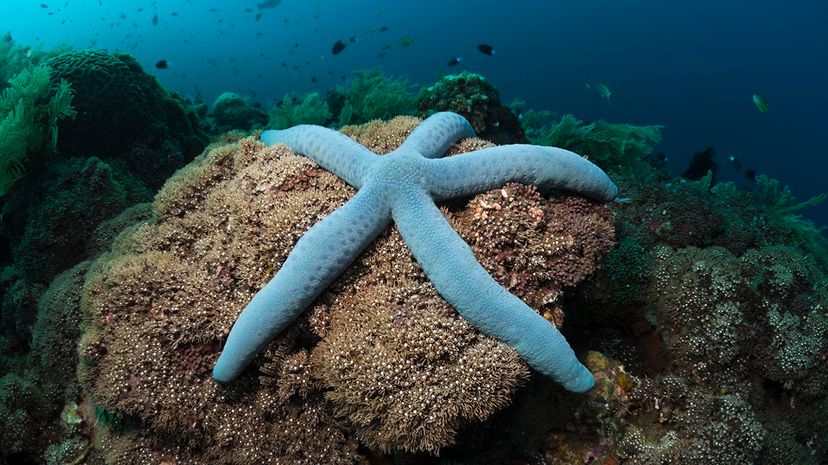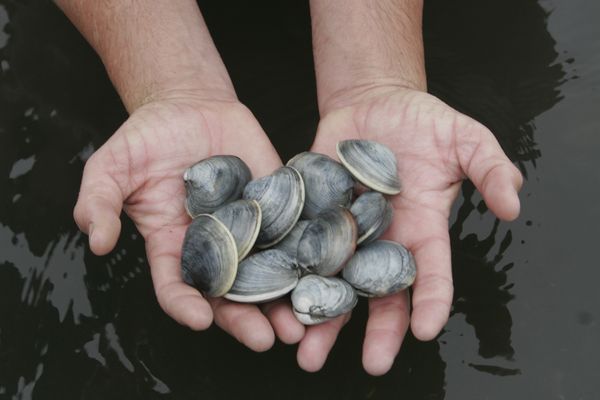
The road from tiny larvae to big, beautiful starfish is a long and watery one, but now we have a better understanding of how the marine animals survive the journey, thanks to recent findings by a group of Stanford researchers.
Starfish larvae spend roughly 60 days traversing the treacherous open sea in search of food, without which they couldn't complete the metamorphosis into full-sized starfish. The harrowing trip is still pretty difficult for the little guys, but somewhere along the evolutionary line the trip became easier when starfish developed about 100,000 cilia to act as oars and manipulate their aquatic surroundings. Cilia, which are kind of like microscopic eyelashes, are arranged in bands on a larva's body and used to affect the surrounding water.
Advertisement
The researchers zeroed in on the role of cilia after observing the larvae under a microscope and noticing the intricate water whorls each generated. They realized there must be an underlying reason for this action, since larvae can't expend unnecessary energy that is otherwise needed to grow. As it turns out, using a little energy can reap a lot of reward in the form of tasty, growth-inspiring algae snacks.
Plenty of food nearby? With help from the starfish's nervous system, the cilia create water whorls that bring algae closer to the larva for mealtime. Once the supply is depleted and the larva has plenty of energy, the cilia change directions to guide the little guy where it needs to go. Preferably, toward more food, so that it can eventually transition into a happy, healthy adult starfish. Pretty smart for a creature that has no brain!
"We have shown that nature equips these larvae to stir the water in such a way as to create vortices that serve two evolutionary purposes: moving the organisms along while simultaneously bringing food close enough to grab," says bioengineer and study co-author Manu Prakash in a press release.
This research has laid the groundwork for investigation into similar activities by other invertebrate larvae that also sport ciliary bands.
Advertisement

